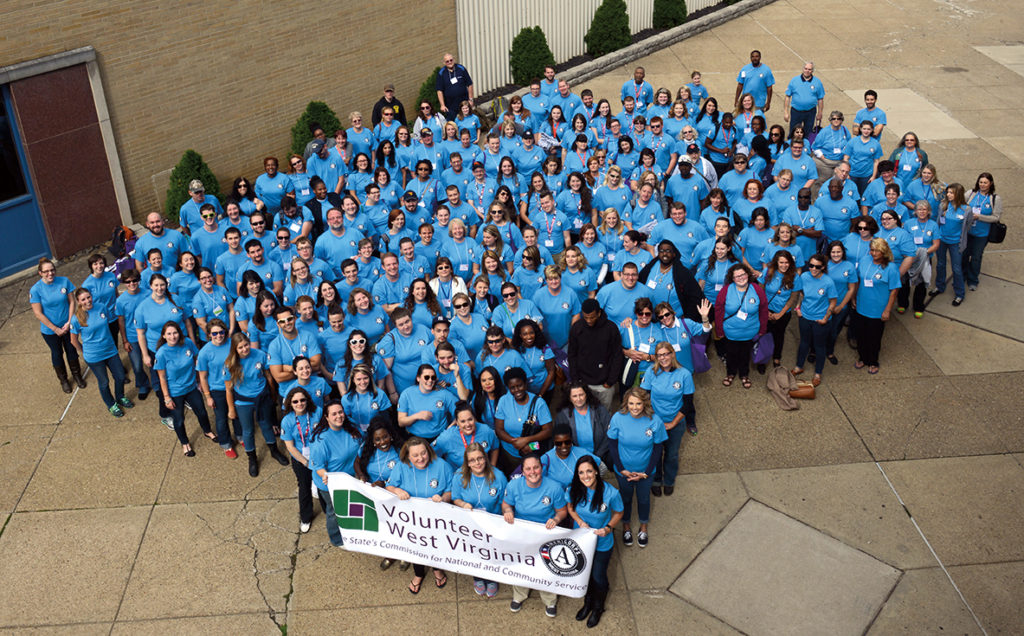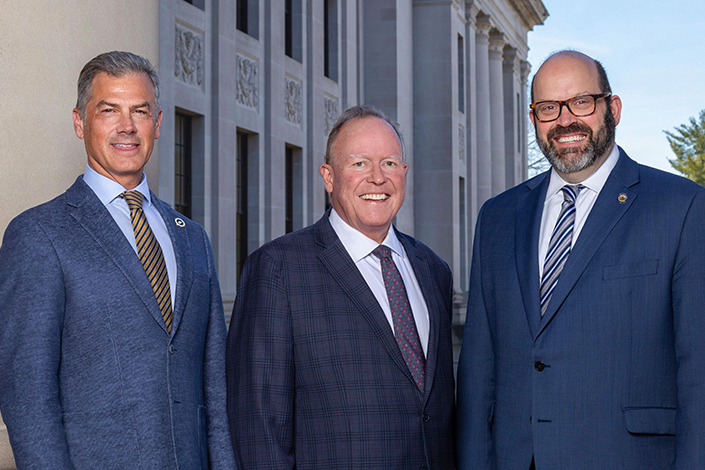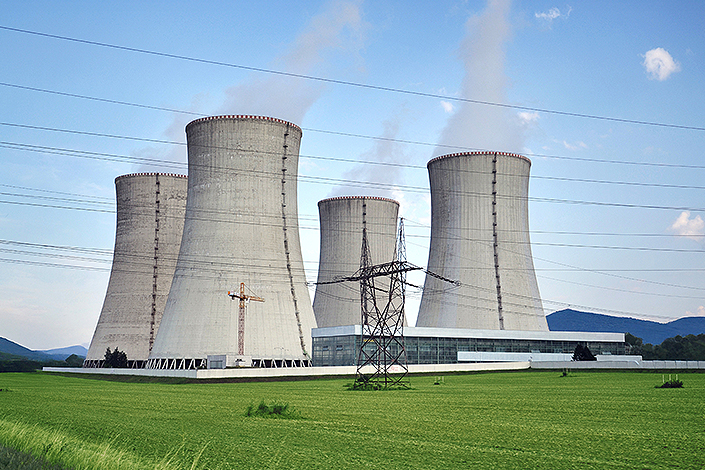Industry Outlook: Forecasting West Virginia’s Future

West Virginia’s economic woes have been the cause for much concern for several years. With a population that is both aging and shrinking, a major drug epidemic and the challenges facing the state’s extraction industry, it’s no wonder the state faced a $500+ million budget deficit for 2017 and is facing an even larger revenue shortfall for 2018.
Bridging West Virginia’s Employment Gap

At a time when transitioning to West Virginia’s new economy and retaining young talent are of critical concern to decision makers and businesses alike, connecting private sector employers with West Virginia’s national service alumni, such as AmeriCorps volunteers, is a viable opportunity that could be a game changer for the Mountain State.
Fueling the Future: Sharp Shooters Class of 2017

Like the abundant natural resources that fuel our state and our country, the Sharp Shooters Class of 2017 is fueling the future of West Virginia. Their maturity and experience is evident in their accomplishments and involvement as they have each dedicated their life to making West Virginia a true representation of Almost Heaven.
Winner’s Circle 2017

According to Olympic Gold Medalist Summer Sanders, “To be a champion, I think you have to see the big picture. It’s not about winning and losing; it’s about everyday hard work and about thriving on a challenge.”
Mountain State Stewardship: A Q&A with Austin Caperton

Austin Caperton’s long-time career as a coal executive and his family’s history in politics seem to have groomed him for a position in public service. A successful, self-made entrepreneur and the cousin of a former West Virginia governor, Caperton was appointed cabinet secretary of the West Virginia Department of Environmental Protection (DEP) by Governor Jim Justice in January 2017. With a proven record of working with companies and creating jobs in the energy industry, he brings a unique perspective to the role that he hopes will allow him to balance protecting West Virginia’s land, air and water with eliminating inefficient red tape that prevents growth and prosperity.
A Blueprint for Success

The manufacturing industry has long been a vital component of the American economy. Despite the rapid-fire challenges resulting from globalization, automation and technological advancement, according to the 2016 Global Manufacturing Competitive Index, the U.S. remains one of the top three countries for manufacturing, along with China and Germany. Currently, the U.S. produces close to 20 percent of all products worldwide, and by 2020, the U.S. is expected to retake the number one spot.








